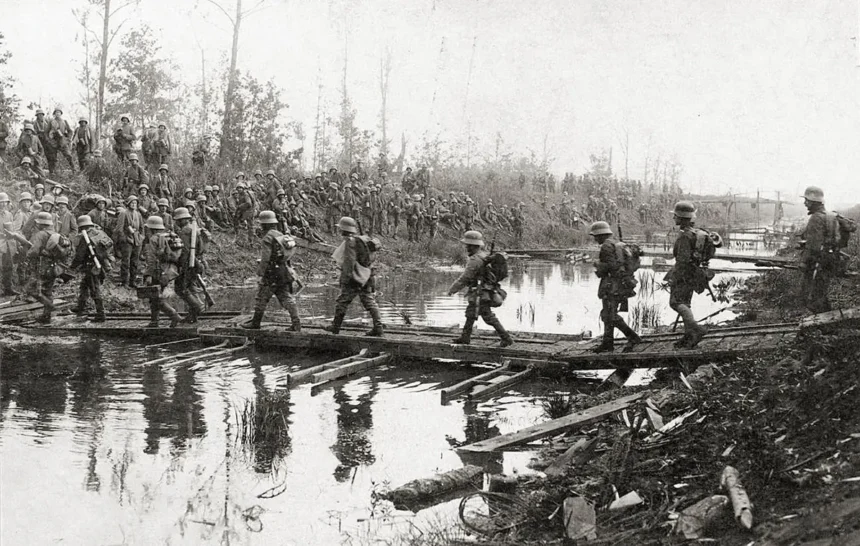Chemin des Dames: The Battle that Triggered the Mutinies of 1917
The Chemin des Dames is a ridge road in northern France that was the site of several major battles during World War I, most notably during the disastrous Nivelle Offensive in April 1917.




